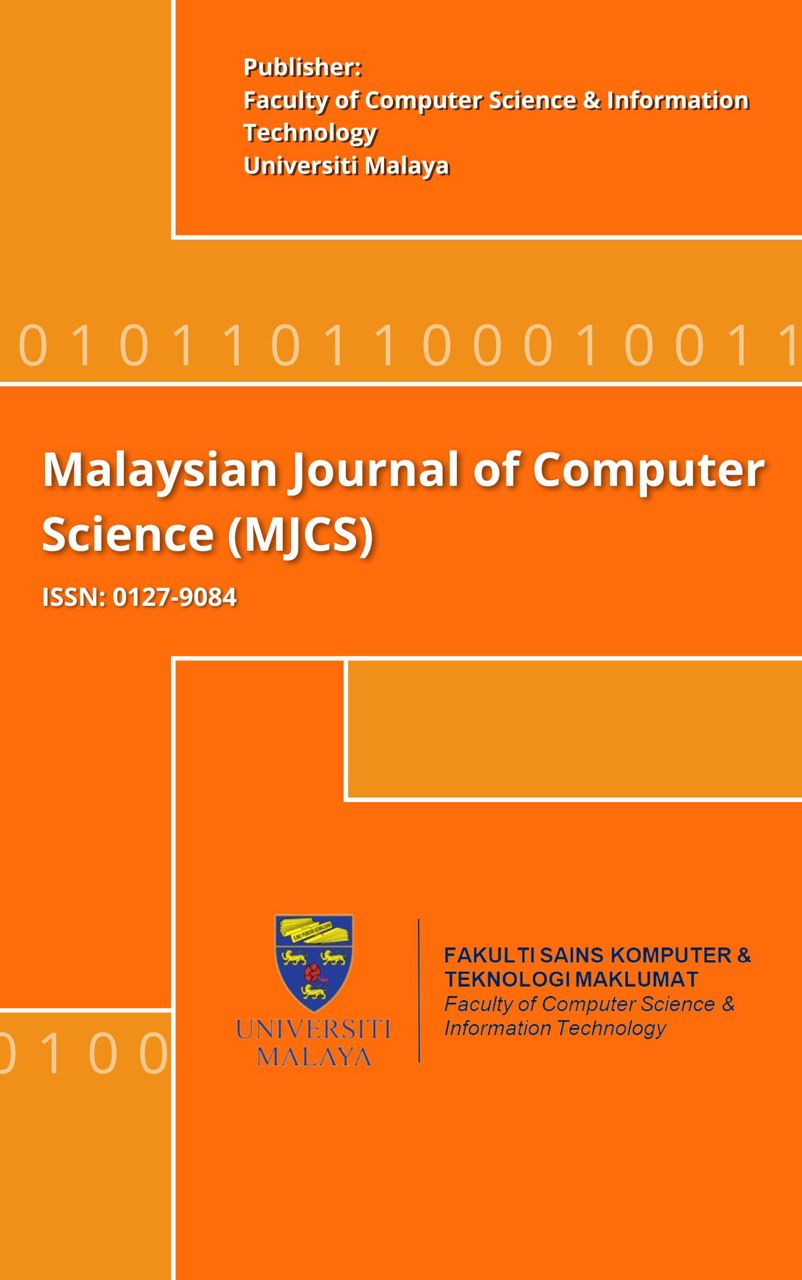Identifying Students’ Summary Writing Strategies using Summary Sentence Decomposition Algorithm
Main Article Content
Abstract
Summary writing is one of the important skills taught in schools. A summary is a condensed version of an existing text. Its production differs from other types of writing where it requires the use of specific strategies. Most research on summary assessments focused on the end product of summary writing instead of its process. Research has shown that lack of strategic skills is a cause of students’ difficulties in writing good summaries. There are a few systems available to assist teachers in assessing students summaries based on content and style. But virtually none have been developed to assess the process particularly in identifying the strategies used. To address this need, we propose an algorithm based on summary sentence decomposition to identify students’ strategies in summary writing. We first analyzed experts’ written summaries, extracted the strategies used in the summaries, formulated a set of heuristics rules to define the strategies and finally transformed the rules using position-based method into summary sentence decomposition algorithm (SSDA). For evaluation, we measured the algorithm’s functionality in identifying the different strategies. We also compared its performance against human experts. The results based on 168 summary sentences indicate that the algorithm successfully identified these syntax level strategies: deletion, sentence combination, copy-paste, syntactic transformation and sentence reordering. In comparison to human performance, the algorithm’s performance closely matched that of human with 94% accuracy in identifying the syntax level strategies. For future work, the algorithm will be extended to identify the semantic level strategies, diagnose the strategies used and provide constructive feedback.
